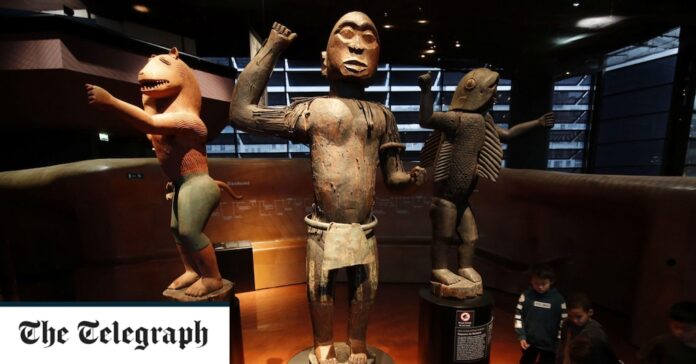Arguments over restitution have obscured the fact that work from the continent’s past has had a global influence
African art is never far from the headlines these days. Calls for the restitution of artefacts looted during the colonial era have been coming from Africa for decades; but until recently, they had fallen on deaf ears. Now, commitments by national governments such as Germany and France – as well as major museums across the world – to return objects in their collections are coming thick and fast.
While Britain has lagged behind the curve, there are signs that this might be changing. Last year, Aberdeen University announced it was to return a sculpture of an African king, one of the notorious Benin bronzes, that, it said, had been acquired by Britain in an “extremely immoral” manner in 1897. Earlier this year, the Horniman Museum, in London, said it was returning all 72 of its Benin bronzes to modern-day Nigeria.
And last month, a debate in the House of Lords featured several voices sympathetic to restitution – among them the Conservative peer Ed Vaizey, who spoke of doing “the right thing and return[ing] artefacts to their place of origin”.
Such debates often revolve around philosophical questions, such as whether restitution is a moral imperative or reparations are owed. Yet the importance of these artworks, as well as the clamour for their return, is equally bound up with the complicated tale of what actually happened when they came to the West – and what has happened to them since.


